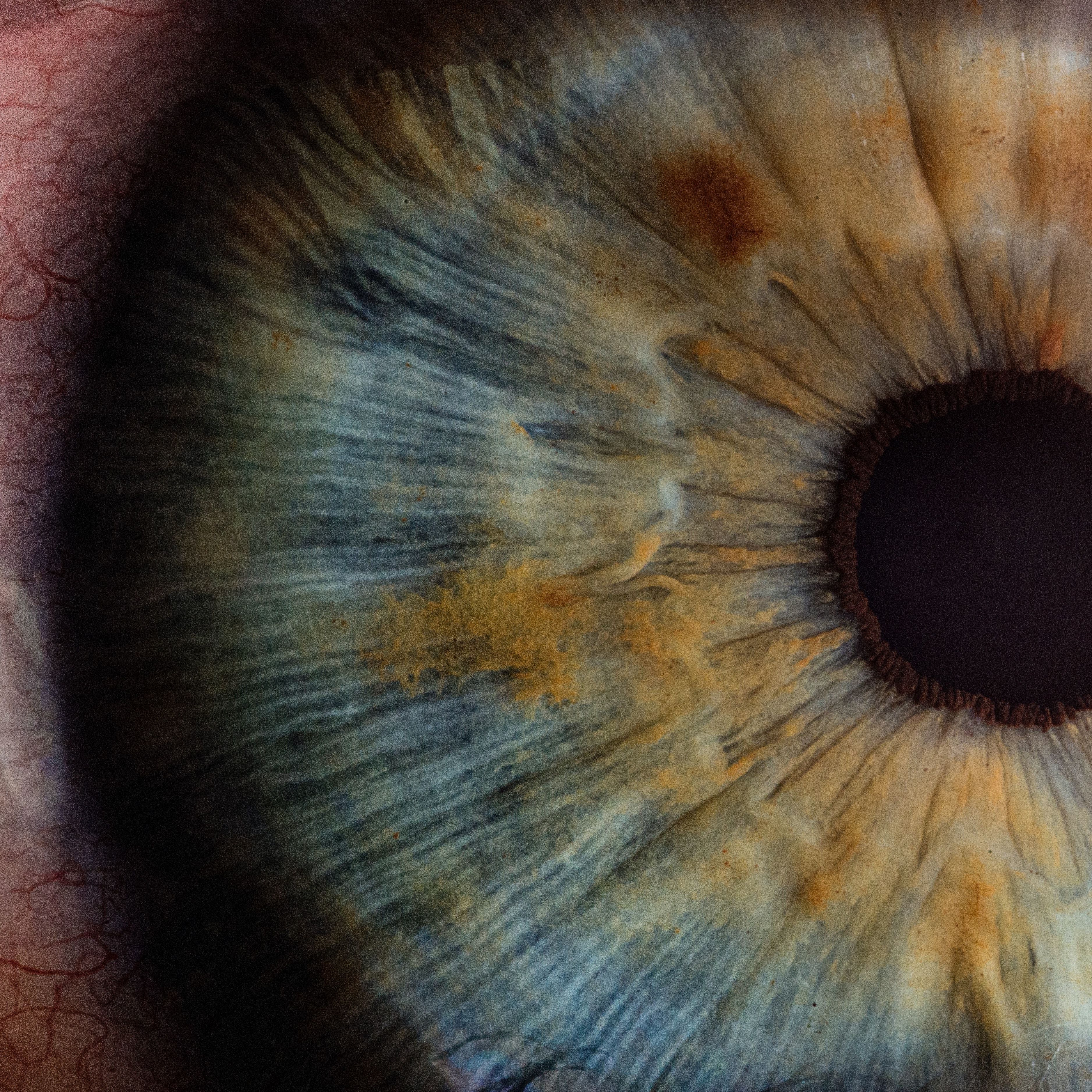Article
Focus on Therapeutic Target for Butterfly Syndrome
Author(s):
Investigators examined the interaction between the proteins TSP1 and C7 to look for a potential molecule to treat fibrosis in patients with butterfly syndrome.
There may be a way to combat a skin disorder called epidermolysis bullosa, also known as the butterfly syndrome, according to a new report.
The butterfly syndrome is characterized by trauma-induced blistering and chronic wounds which contribute to progressive scarring, joint contractures, esophageal strictures, and damage to the fingers and toes. It can also lead to often-fatal squamous cell carcinomas.
Investigators from Thomas Jefferson University in Philadelphia studied fibrosis, or the thickening and scarring of connective tissues leading to a club-like appearance in fingers and toes, in order to pinpoint a future treatment.
The investigators had theorized that a protein called thrombospondin-1 (TSP1) might be involved, as similar proteins are involved in the mechanisms behind butterfly syndrome, such as TGF-beta, which is activated by TSP1. The team’s previous research demonstrated that butterfly syndrome patients had more TSP1 than healthy patients.
They looked at C7, a protein that holds together layers of skin, and how C7 interacted with TSP1. However, they learned that C7 is missing in butterfly syndrome patients after perusing literature from the 1990s that showed these 2 proteins could bind in experiments using yeast.
“C7 (the protein missing or defective in butterfly syndrome) binds to TSP1,” study author Andrew South, PhD, told Rare Disease Report. “We knew that TSP1 was increased in the disease and that TSP1 activates TGF-beta (mediator of fibrosis) but we didn’t realize at the start of the study that the two proteins bound.”
South added that the teams used 3 different techniques to demonstrate that these 2 proteins do in fact bind, and “they do give us a really nice mechanism for fibrosis in these patients,” he said.
In further experiments, using a tissue-engineered model of butterfly syndrome, the investigators showed there is a molecule that stops TSP1 from activating TGF-beta and it can reduce fibrosis. With this potential therapy in mind, the team is planning on searching through nearly 1500 FDA-approved molecules to find the one that can get the job done.
“There won’t be an immediate change to the standard of care for these patients, but we are screening drugs to identify those that target fibrosis, and possibly TSP1, so we hope that we will soon have options for clinical trials,” South said.
He said that Jefferson boasts the only adult clinic that specializes in butterfly syndrome so it would be “a great platform for any fibrosis trials that we may develop in the future, as a result of this work.”
However, he noted one clinical trial being organized in Europe. It will test the drug losartan, which is used to reduce blood pressure. The trial will study losartan as a treatment for fibrosis.
“It has been shown that TSP1 is downstream of the target of losartan, so our work fits well with this idea,” South said. “Targeting TSP1 may offer greater specificity and therefore efficacy, but of course we are working on that and this will be something for the future.”
The paper, “Thrombospondin-1 is a major activator of TGF-beta signaling in recessive dystrophic epidermolysis bullosa fibroblasts,” was published in The Journal of Investigative Dermatology.





